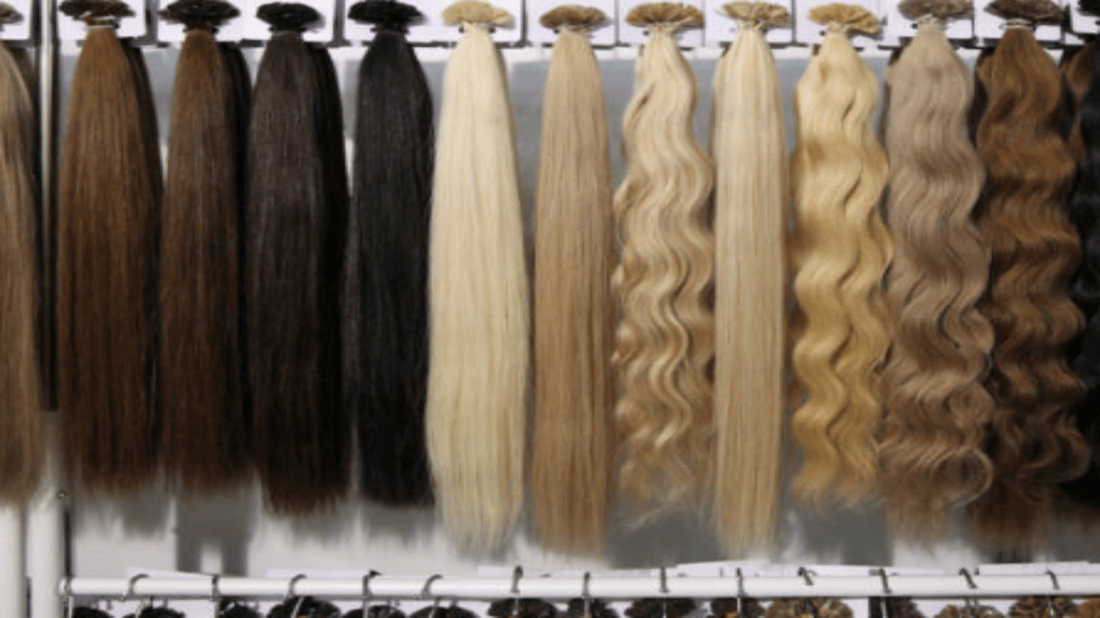Introduction
Having voluminous hair is a dream for many women, but not everyone is blessed with naturally thick tresses. However, with the help of extensions, it is possible to achieve the hair of your dreams. In this article, we will be discussing the best extensions for thin hair, including their pros and cons, as well as provide some tips on how to care for them.
Clip-In Extensions
Clip-in extensions are a popular choice for those who want to add volume and length to their hair. They can be clipped in and removed easily, making them a convenient option. Clip-in extensions also come in different lengths, colors, and textures, allowing you to choose the perfect match for your natural hair.
One of the downsides of clip-in extensions, however, is that they can add extra weight to your hair, causing tension and potential damage. To prevent this, it is important to remove them before sleeping or exercising, and not wear them for extended periods of time.
Tape-In Extensions
Tape-in extensions are another popular option for those with thin hair. The wefts come pre-taped and are attached to your natural hair using heat. They are lightweight and less likely to cause damage to your hair compared to clip-in extensions.
However, tape-in extensions require more maintenance than clip-ins. It is important to avoid using oil-based products and heat styling tools near the roots of the extensions, as this can cause them to slip or loosen.
Sew-In Extensions
Sew-in extensions, also known as weaves, involve braiding your natural hair and then sewing the extensions onto the braids. They can provide the most natural-looking results and offer more versatility in terms of styling.
However, sew-in extensions can be time-consuming and require a skilled stylist to install them properly. They can also put tension on your scalp and hair, potentially causing damage if not cared for properly.
Microlink Extensions
Microlink extensions use small beads to attach extensions to your natural hair. They are lightweight and can last for several months with proper care.
However, microlink extensions can be difficult to install and require a skilled stylist. They can also cause damage if not installed or cared for properly.
Halo Extensions
Halo extensions are an innovative option that do not require any clips, glue, or sewing. Instead, the extensions are attached to a wire that sits on top of your head and is hidden by your natural hair.
Halo extensions are easy to install and remove, making them a convenient option for those who want a temporary boost in volume and length. However, they may not be suitable for those with very thin hair, as the wire may be visible.
Wigs
Wigs are a versatile and convenient option for those with thin hair. They can be styled in different ways and provide a full head of hair instantly.
However, wigs may not be suitable for those who want a long-term solution. They can also be uncomfortable to wear for extended periods of time, and may cause scalp irritation and hair loss if not cared for properly.
Caring for Your Extensions
No matter what type of extensions you choose, it is important to take proper care of them to ensure they last as long as possible. This includes washing and conditioning them regularly with sulfate-free products, and avoiding heat styling tools near the roots of the extensions.
It is also important to be gentle when brushing and detangling your extensions. Use a soft-bristled brush or wide-tooth comb, and start from the ends, working your way up to the roots.
Conclusion
Choosing the best extensions for thin hair can seem daunting, but with the right information and care, you can achieve the hair of your dreams. From clip-ins to sew-ins, there are options for every style and budget.

